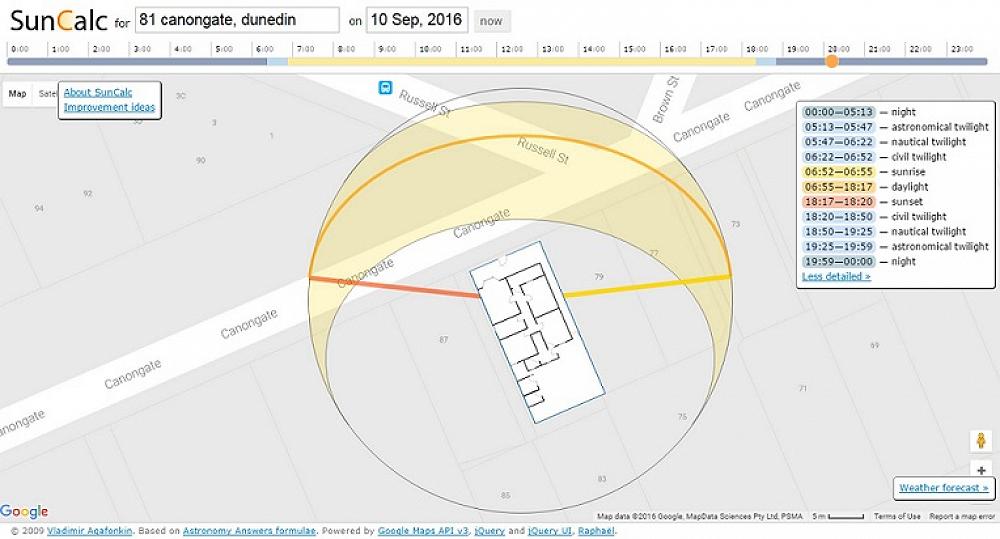
Reducing a domestic power bill
The family home used for this project was a typical Dunedin wooden villa, located on Canongate in the heart of the city. It was occupied by a family of four - two parents with children aged 13 and 11. Both parents worked away from the home every week day.
The students, Christo Jooste and Brad Robertson, applied various engineering methods and principles to their task, first analysing the sources of electricity consumption then selecting technologies that could be integrated together to enable electricity saving for the family.
Lighting alone comprised 11% of the power bill and significant savings (69%) could readily be made simply by switching all bulbs to Compact Flourescent Lamps. Further savings in the electricity cost of lighting are achievable through using higher cost but longer lasting LEDs instead, and/or by using motion sensor lighting or pushlights to avoid having lights left on. Reducing the temperature setting on the hot water cylinder would also save power, although this might affect shower water pressure. The students found that it would be worthwhile using a timer to switch the hot water cylinder off from 9am to 5pm on weekdays. Appliances used most of the electricity and savings here could be achieved by changing usage patterns.
The implementation of the findings of this project has had an immediate impact in reducing the electricity bill for this household. More and more households are aware of and want to utilise energy sustainably as well as saving on their power bills. This project identified the large selection of tools and equipment available commercially to help achieve these objectives.
